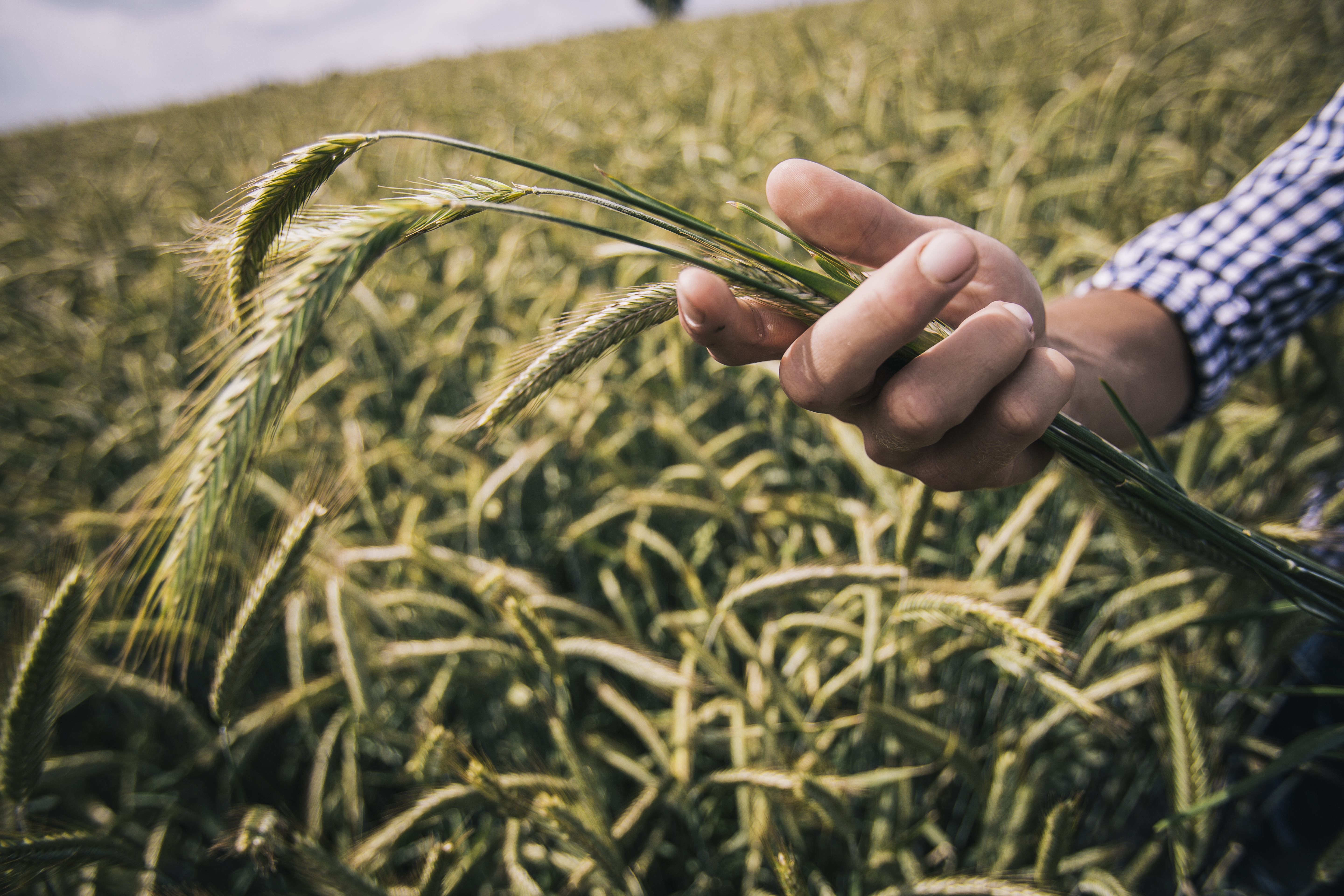-
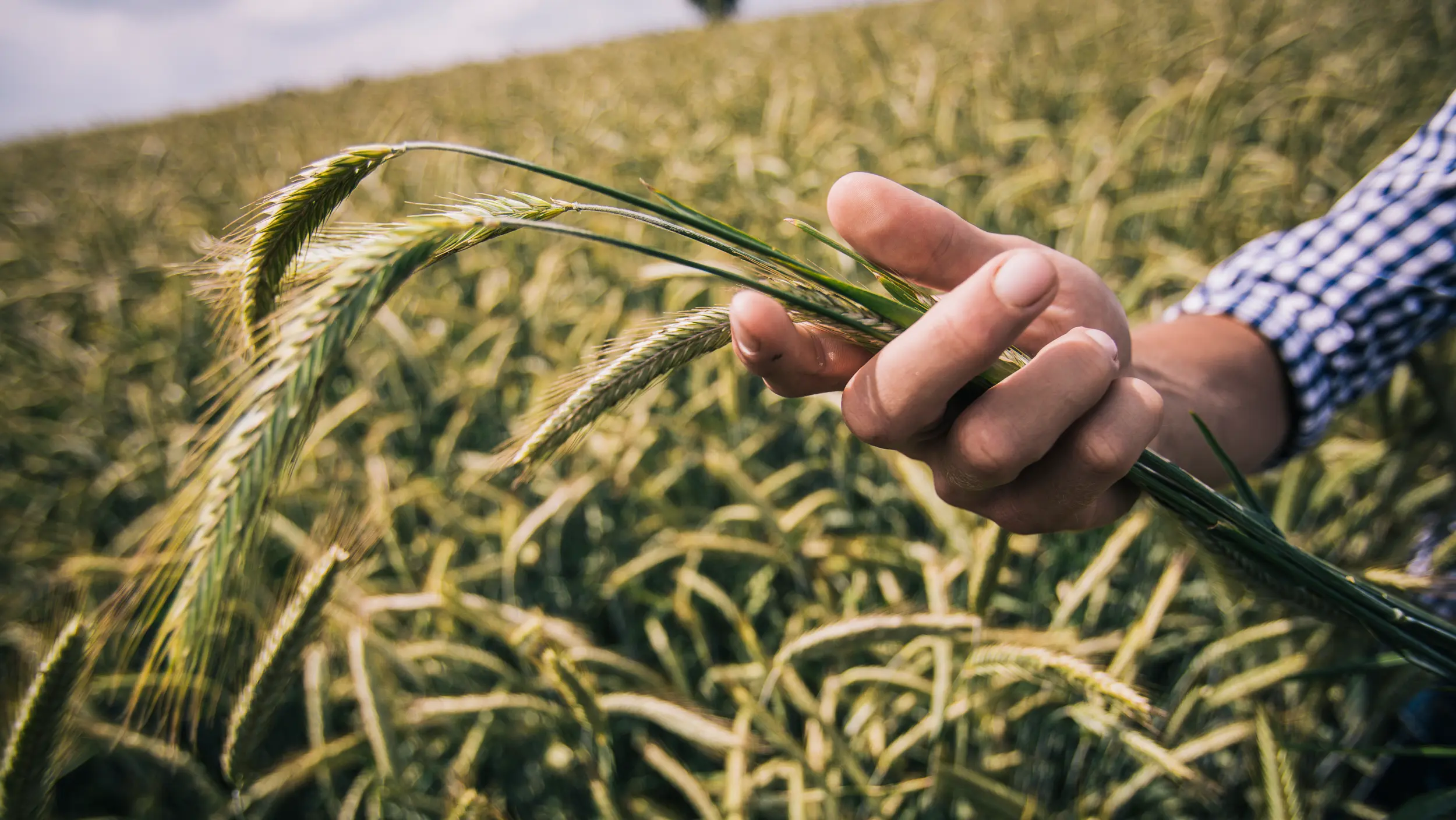
Seeding the future - since 1856
-
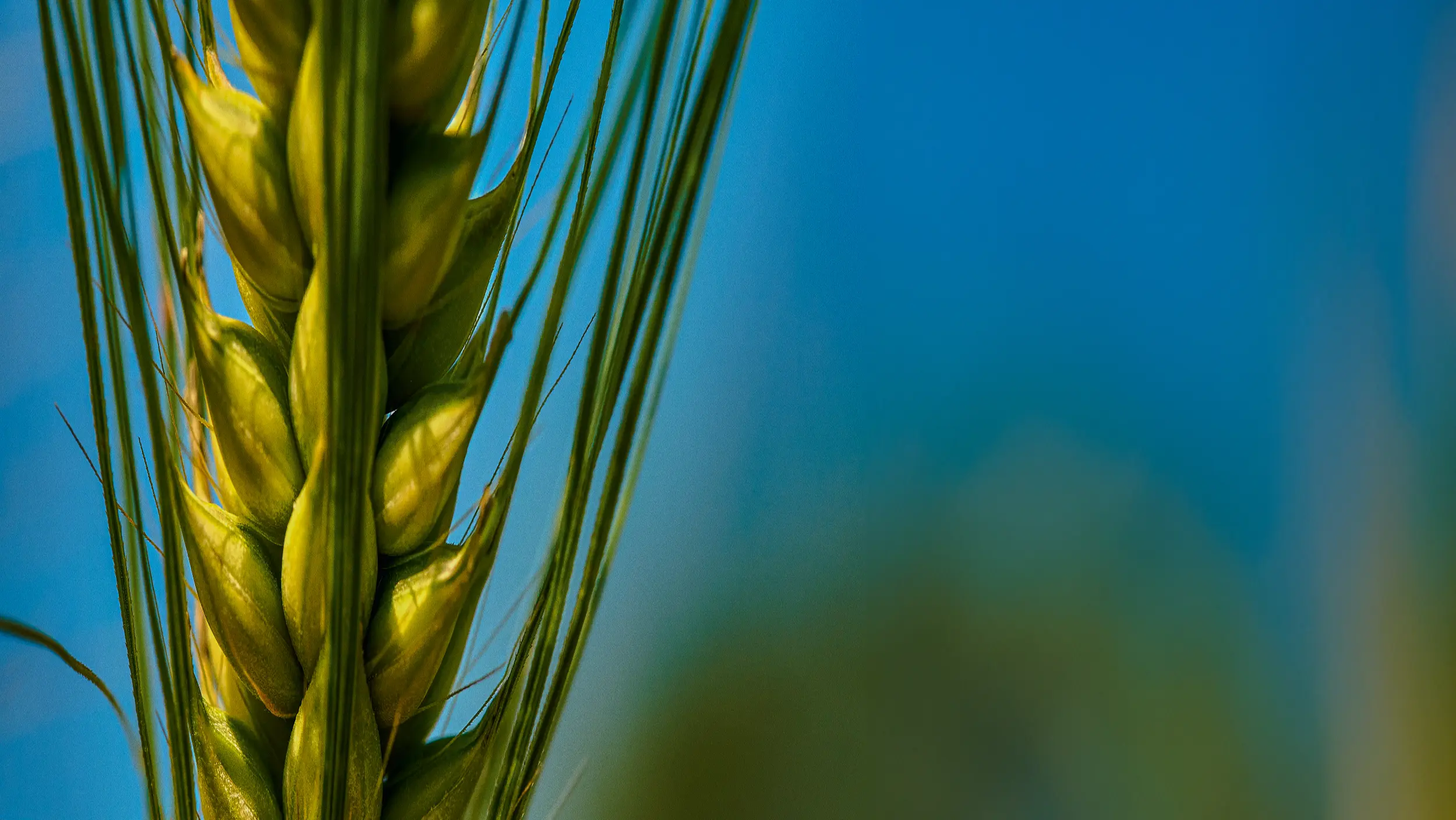
#NextLevel
-
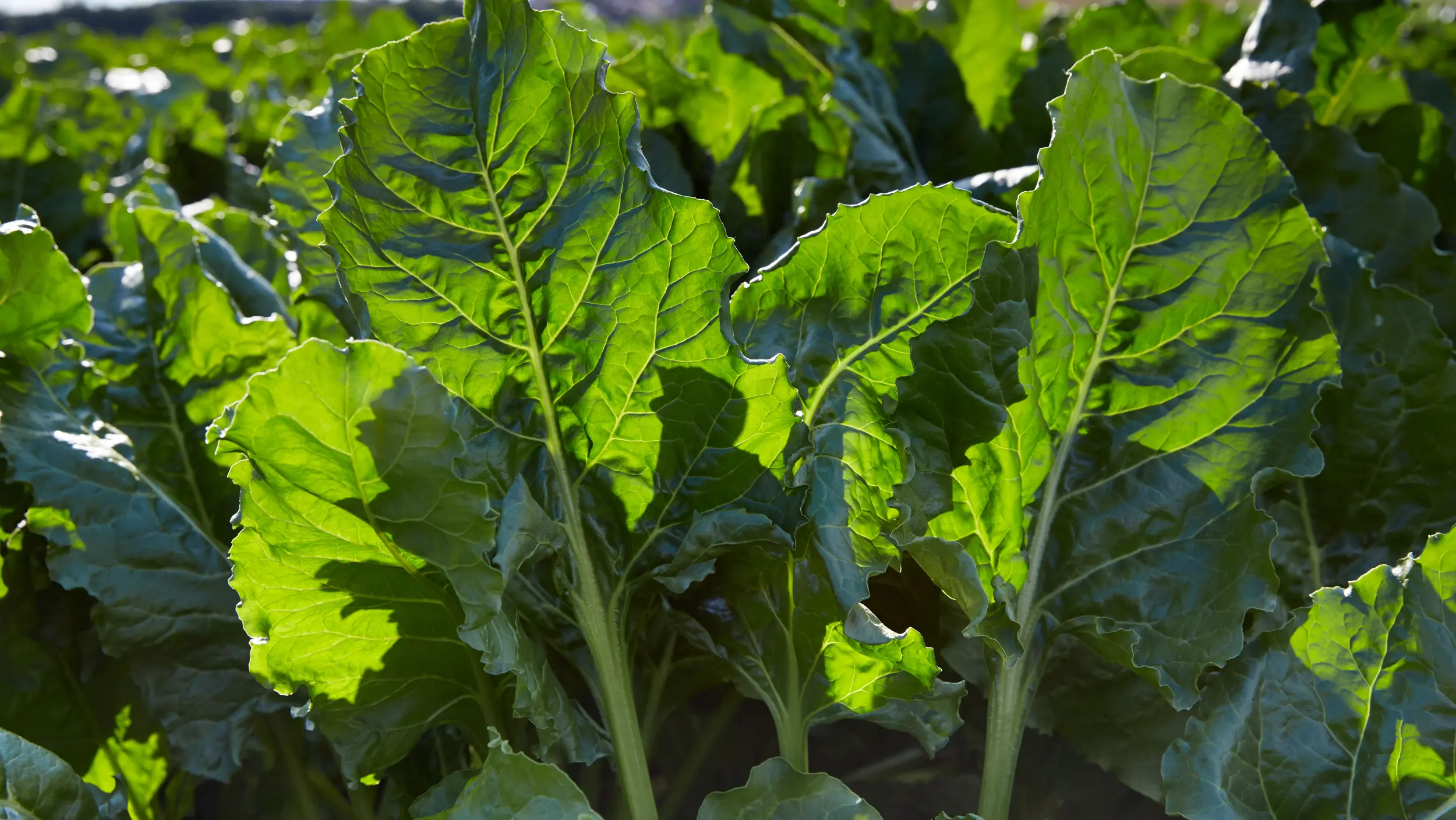
Seeding the future - since 1856
Seeds and services for better yields
Our high-yielding seeds and reliable knowledge have made us a partner for farmers for generations. We contribute to nutritional solutions for a steadily growing world population by constantly improving genetic potential through excellent research and offering expert service to farmers throughout the year. Our shared success is the result of a company culture that offers entrepreneurial freedom and supports dedicated talents who develop solutions.
Topics at KWS
Information about our varieties at a glance.The KWS variety pack.
KWS Journey of the Seed
KWS sows seeds for the future.
With our high-yielding seeds and extensive knowledge, we are a reliable partner for farmers, and have been for many generations. In this way, we contribute to feeding an ever-growing world population.
About Us
Find your Consultants
Do you want to know which products are best suited for your region? Do you have pest or disease problems? We will be happy to answer any questions you may have so that you can achieve the best yields and results.



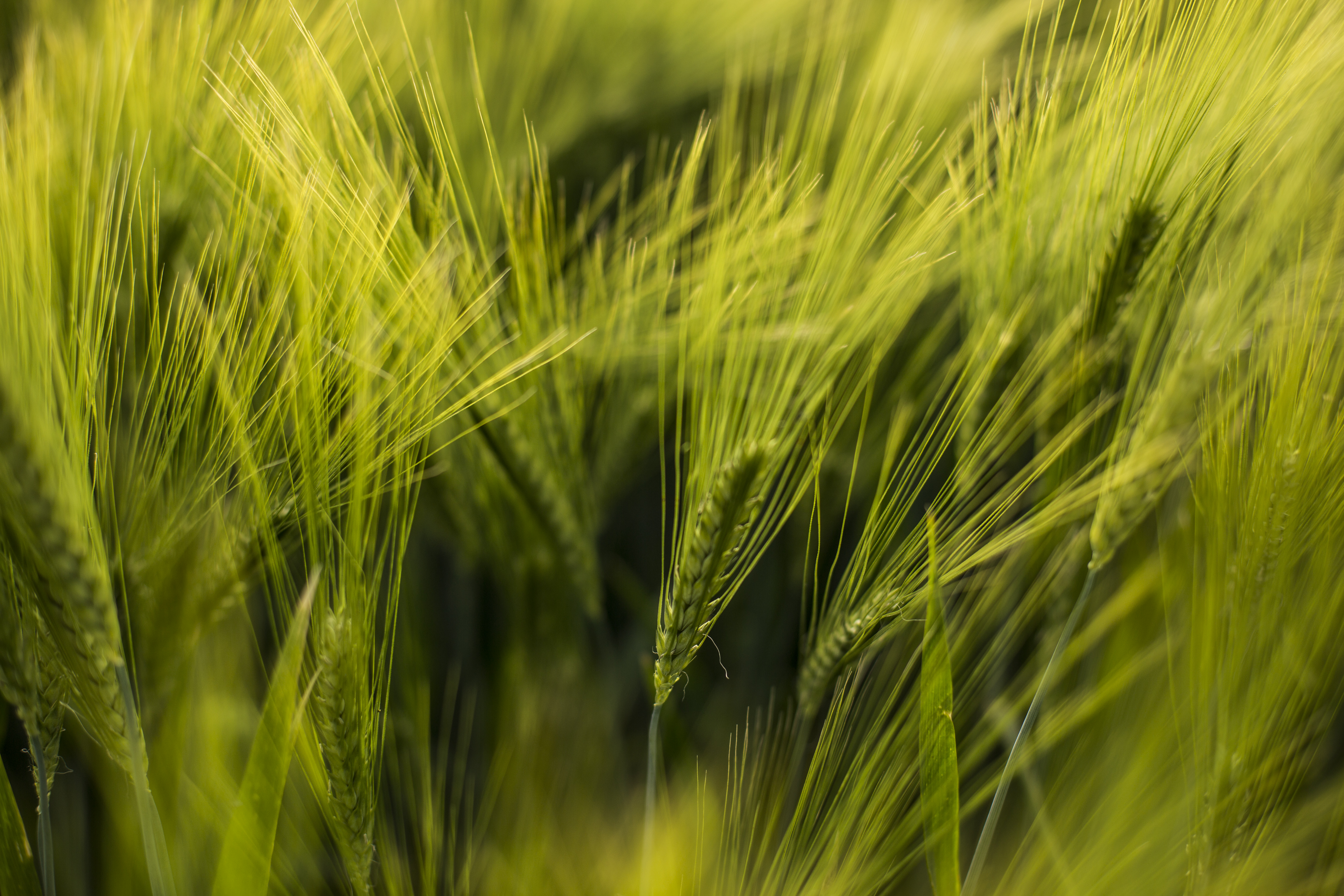

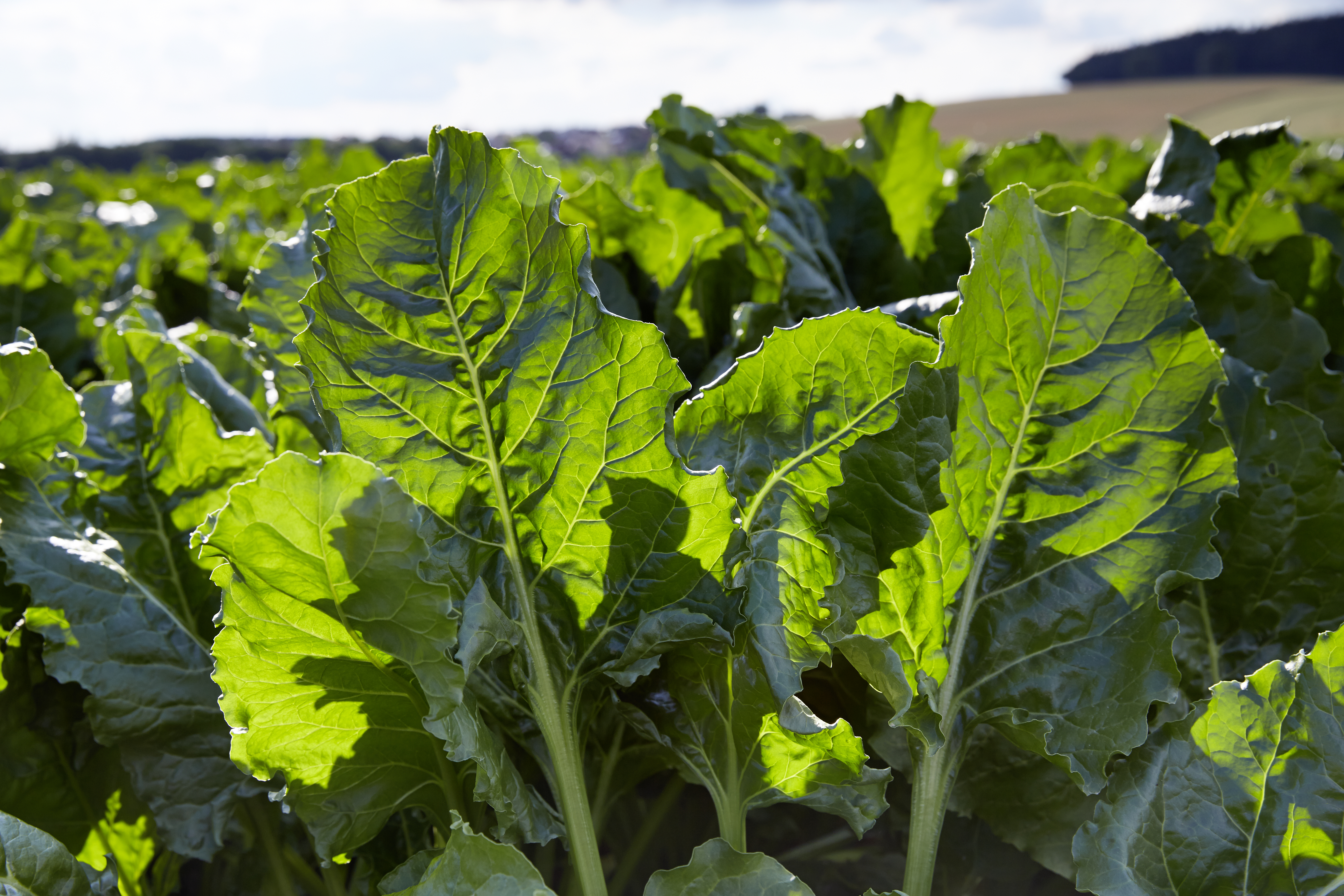

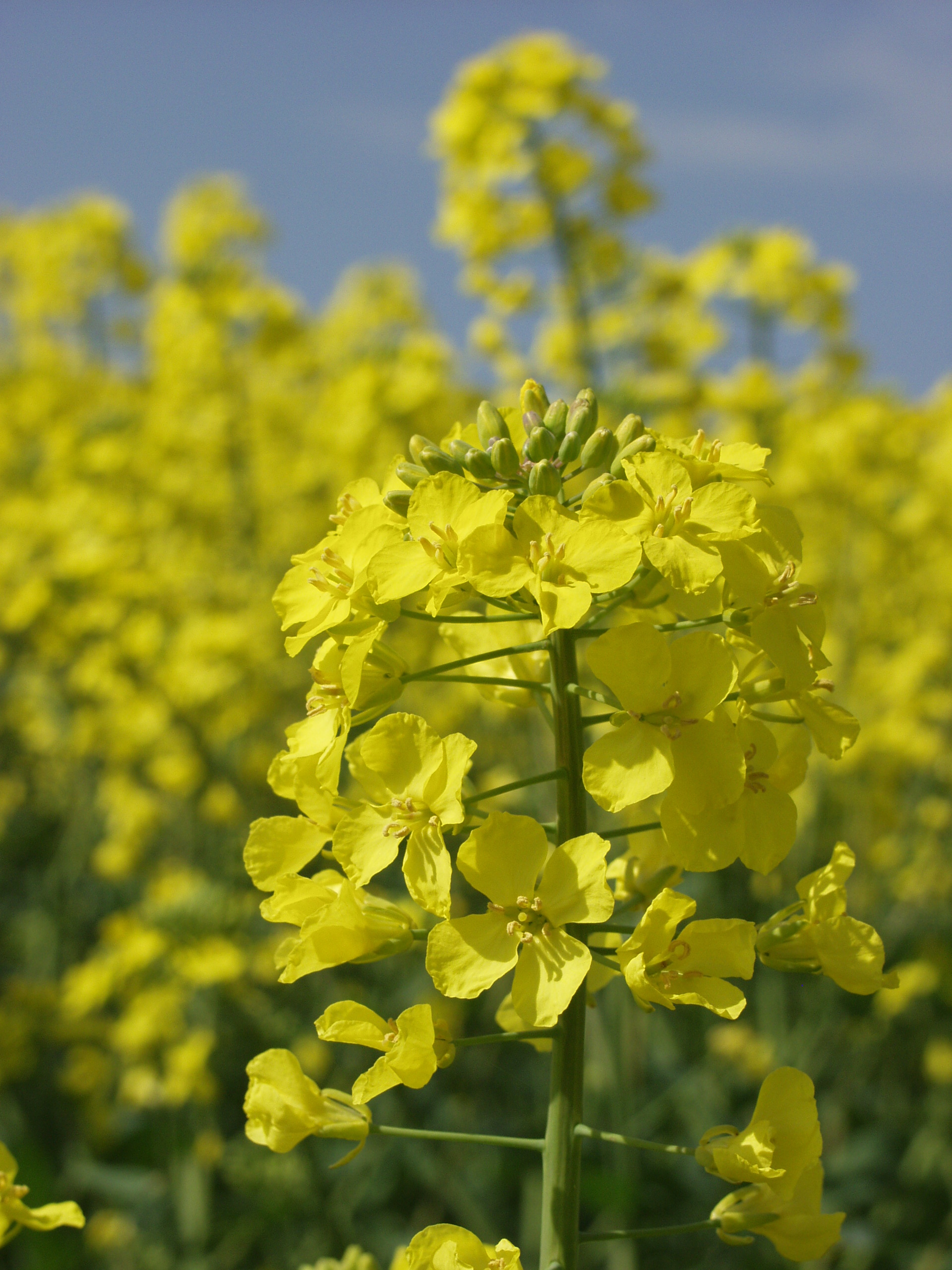
.jpg)



